The 14th edition of Art Verona ǀ Art Project Fair, currently ongoing in Verona, confirms the event as a growing reality, aimed at promoting quality collections that do not necessarily require prohibitive economic investments. The second year of Adriana Polveroni’s artistic direction shows the involvement of 150 exhibitors focused on Italian artists (that’s why #backtoitaly) engaged on the theme of utopia, an invitation to experience collecting as a chance to promote new values and and a conscious participation not only in art but also in the world itself. In the Main Section, the main axis that crosses the two pavilions of the fair, historic artists of the twentieth century, mid career and young mix: the presence of the leading Italian galleries (very fond of Artissima and Miart) is still missing, but the proposals are convincing and meditate, very attentive to quality in the modern section and sensitive to new cultural and aesthetic issues in the most strictly contemporary sector.
The area dedicated to research and experimentation, which is one of the most interesting and vital aspects of the fair, is consolidated: the so-called Raw Zone dedicated to solo shows, Scouting, composed by 16 experimental galleries presenting 3 artists each, and the lane dedicated to Project Spaces, increasingly active in identifying and supporting emerging artists. On the other hand, it is an absolute novelty the Focus on project, which brings together galleries from a host country, this year Lithuania with its lively artistic scene thanks to the collaboration with Julija Reklaité, cultural representative of the Republic of Lithuania in Italy.
Among the works on show we find a lot of painting, in its various stylistic and technical aspects, photography, more and more inseparable from digital or manual re-elaboration, and small and medium-sized sculpture. The prevalence, as it is obvious in a fair situation, is of stands that present varied proposals not connected by a stringent thread (the curatorial theme suggested hovers as intention without offering many immediate feedback), among which we enjoyed identifying some recurring elements letting ourselves be guided by curiosity and by the irresistible attraction for some art works.
First of all we noticed a return of the portrait, intended as an attestation of presence, social investigation, introspection, provocation or critical tool: it goes from the collages of the American street artist Bäst (Cellar Contemporary) who stratifies on the canvas finds and images taken from the street in an endless process of overlapping and masking, to the credit card photo of the Slovenian trio Janez Janša (MLZ Art Dep), the result of a relational performance realized in 2015 with the unwitting collaboration of Nova Ljubljanska Banka. The bank’s personalized credit card service was in fact used to create a portrait of each of the 3 artists derived from the fragmentation of the magnified photos of their identification documents subsequently recomposed in a large mosaic of customized credit cards. The work criticizes from the inside the fictitious feeling of affinity with the client that this service wants to suggest and the not so far hypothesis of a new identity document that also records the user’s financial transactions. Social control also refers to the series Self Portrait from Surveillance Camera (2018) by Irene Fenara (UNA), a series of self-portraits made by the artist standing in front of the surveillance cameras of various places, always disturbingly lonely, and retrieving the network freeze picture of hers passage. The result is an intriguing game of presence-absence poised between voyeurism and reappropriation of the self. Alongside these examples we have to mention a classic of the genre, I’d like to be a cubist sculpture in another life (2005) by Urs Lüthi (L’Elefante Gallery) a bust of the Swiss artist supported by an unstable totem of cubist decompositions, and a real gem, a letter that Maurizio Cattelan has self-sent in the ’90s replacing the stamp regulate his own mocking effigy (Nicola Turco arte contemporanea).
The history of art is self-perpetuated through a continuous game of references and citations, as Adriano Altamira points out in the series of photocollages entitled Coincidence Area (Studio G7). Survival and analysis of the images of the past is also the starting point for the search for younger artists, such as Serena Gamba (Isolo 17 Gallery) who proposes a rigorous mapping that conceptualizes a witch’s sabbath by Francisco Goya through words drawn on canvas partially erased by black-thread embroidery or Vik Muniz, which is also inspired by the Spanish master to compose a dystopian miniaturized landscape in which the residues of the production chain seem to have definitively annihilated man. Art as a craft linked to a heritage of techniques and instruments handed down over time alludes to the work / object presented by Spazio Buonasera, a pack of wax crayons produced by the seven founders of the project.
The artificiality of the contemporary landscape as a symptom of a new lifestyle and a new aesthetic brings together the lush plant weaves of the street artist Tellas (Magma Gallery) in which the natural fluidity of natural lines becomes a genetic sampling of basically monochromatic decorative patterns, 3D renderings by Matilde Cassarini (Porto dell’Arte) examining an archive of Soviet brutalist architectures turning them into science fiction models and the synthetic domestic interiors by Laura Giardino (Area / B) rendered hostile by incongruities and traps reminiscent of increasingly sophisticated virtual rooms of video games created with digital graphics. The apotheosis of mystification is reached in Sheep n.16 by Yang Maoyuan (ABC-ARTE), a true sheep swollen and dyed blue as the extreme derivation of the sheep Dolly, the first artificially cloned living being. The nostalgia of a clearly legible landscape and the observation of its impossibility in the era of multiplication of images is instead at the center of the black and white analog montages of Roberto Rinella (aperto al contemporaneo), which overlap real panoramic views in spaces saturated by simultaneity.
The disturbing charm of contemporary materials with their attractive colors and their muted effectiveness in evoking family and alienating worlds at the same time is an increasingly frequent source of inspiration for the younger generation. In this regard, we point out the elegant and balanced sculptures by Martino Genchi (Galleria Michela Rizzo), the sensual painted guardrail by Giovanni De Cataldo (z2o Sara Zanin Gallery), the suffused cosmetic painting by Serena Vestrucci (Galleria Fuoricampo) and the refined installation by Agostino Bergamaschi (Galleria Massimodeluca) that interprets in a quintessential key the fantastic creatures of the medieval bestiaries through original material and stylistic combinations.
 Bäst, Sei cappelli, 2018, tecnica mista su tela (Cellar Contemporary)
Bäst, Sei cappelli, 2018, tecnica mista su tela (Cellar Contemporary)
 Janez Janša, All About You, 2015 (MLZ Art Dep)
Janez Janša, All About You, 2015 (MLZ Art Dep)
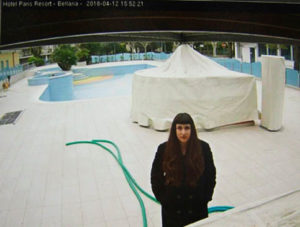 Irena Fenara, Self Portrait from Surveillance Camera, 2018, digital print on hahnemuhle paper (UNA)
Irena Fenara, Self Portrait from Surveillance Camera, 2018, digital print on hahnemuhle paper (UNA)
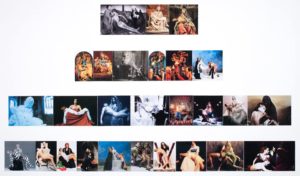 Adriano Altamira, Area di Coincidenza: Pietà, 1990-2009, fotocollage (Studio G7)
Adriano Altamira, Area di Coincidenza: Pietà, 1990-2009, fotocollage (Studio G7)
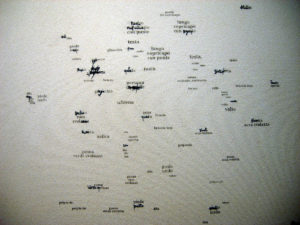 Serena Gamba, Lettura e obnubilamento de Sabba di Streghe, 2018, grafite su tela, filo nero (Isolo 17 Gallery)
Serena Gamba, Lettura e obnubilamento de Sabba di Streghe, 2018, grafite su tela, filo nero (Isolo 17 Gallery)
 Tellas, Wet Tropics, 2017, acrilico su tela (Magma Gallery)
Tellas, Wet Tropics, 2017, acrilico su tela (Magma Gallery)
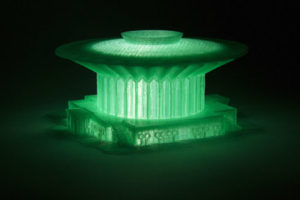 Matilde Cassarini, News From Nowhere – nowhere #3, 2018 (Porto dell’Arte)
Matilde Cassarini, News From Nowhere – nowhere #3, 2018 (Porto dell’Arte)
 Laura Giardino, Flood 01, 2016, tecnica mista su tela (Area/B)
Laura Giardino, Flood 01, 2016, tecnica mista su tela (Area/B)
 Martino Genchi (Galleria Michela Rizzo)
Martino Genchi (Galleria Michela Rizzo)
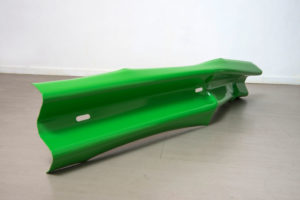 Giovanni De Cataldo, Yoshi, 2018, guardrail verniciato (z2o Sara Zanin Gallery)
Giovanni De Cataldo, Yoshi, 2018, guardrail verniciato (z2o Sara Zanin Gallery)
 Urs Lüthi, I’d like to be a cubist sculpture in another life, 2005 (Galleria L’Elefante)
Urs Lüthi, I’d like to be a cubist sculpture in another life, 2005 (Galleria L’Elefante)
 Maurizio Cattelan, Senza titolo, 1994 (Nicola Turco arte contemporanea)
Maurizio Cattelan, Senza titolo, 1994 (Nicola Turco arte contemporanea)
 Vik Muniz, Saturn devouring one of his son, after Francisco de Goya y Lucientes, 2005, stampa cromogenica
Vik Muniz, Saturn devouring one of his son, after Francisco de Goya y Lucientes, 2005, stampa cromogenica
 Wax pastels, 2018 (Spazio Buonasera)
Wax pastels, 2018 (Spazio Buonasera)
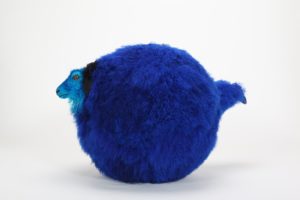 Yang Maoyuan, Sheep n.16, 2003, pecora tinta e gonfiata (ABC-ARTE)
Yang Maoyuan, Sheep n.16, 2003, pecora tinta e gonfiata (ABC-ARTE)
 Roberto Rinella, collage fotografico (aperto al contemporaneo)
Roberto Rinella, collage fotografico (aperto al contemporaneo)
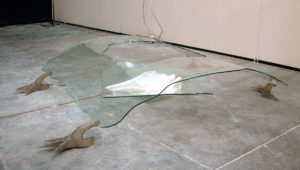 Agostino Bergamaschi, 2018 (galleria Massimodeluca)
Agostino Bergamaschi, 2018 (galleria Massimodeluca)
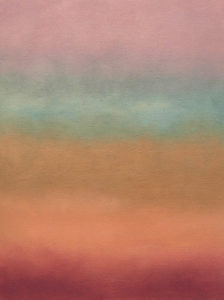 Serena Vestrucci, Trucco, 2018 (Galleria Fuoricampo)
Serena Vestrucci, Trucco, 2018 (Galleria Fuoricampo)
 Ale Guzzetti, Dies Irae Gregorian robotic chair, 2011-2012, resina, silicone, led, voci sintetiche e circuiti elettronici (Valmore Studio d’Arte)
Ale Guzzetti, Dies Irae Gregorian robotic chair, 2011-2012, resina, silicone, led, voci sintetiche e circuiti elettronici (Valmore Studio d’Arte)
Graduated in art history at DAMS in Bologna, city where she continued to live and work, she specialized in Siena with Enrico Crispolti. Curious and attentive to the becoming of the contemporary, she believes in the power of art to make life more interesting and she loves to explore its latest trends through dialogue with artists, curators and gallery owners. She considers writing a form of reasoning and analysis that reconstructs the connection between the artist’s creative path and the surrounding context.


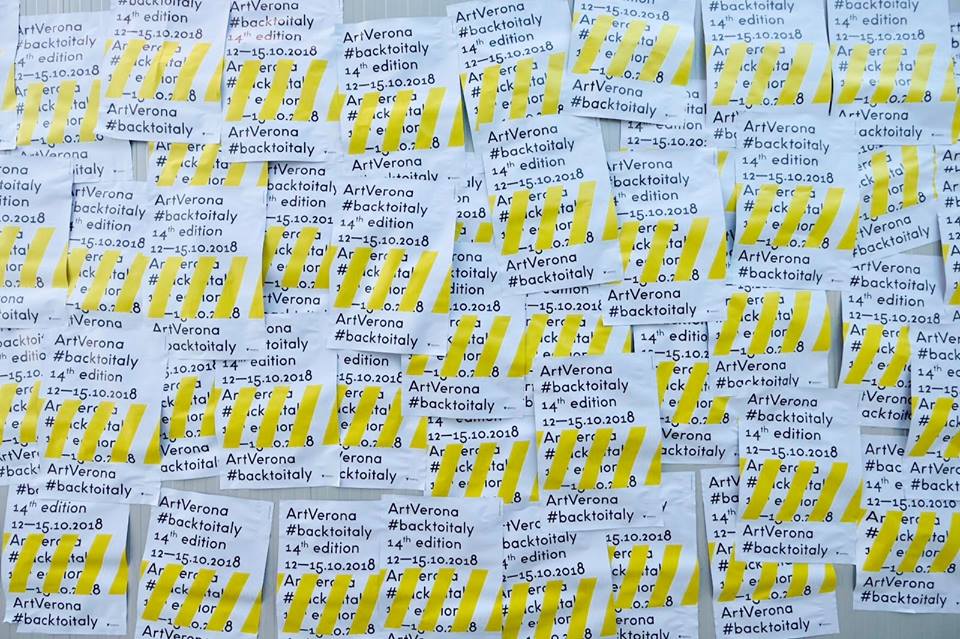


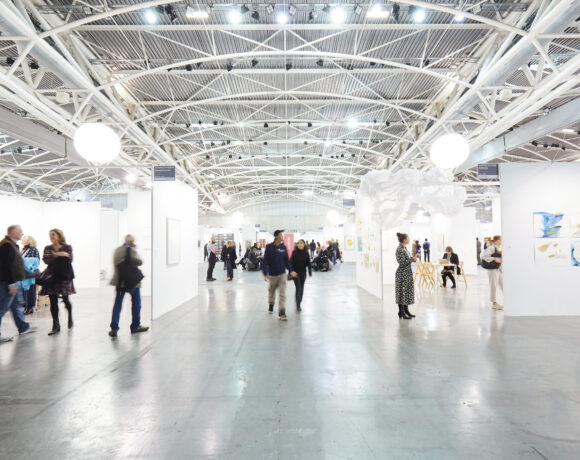

NO COMMENT